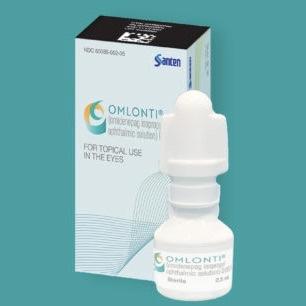Omidenepag isopropyl ophthalmic Side Effects
Medically reviewed by Drugs.com. Last updated on Jun 19, 2023.
Applies to omidenepag isopropyl ophthalmic: ophthalmic solution.
Side effects include:
The most common adverse reactions with incidence ≥1% are conjunctival hyperemia, photophobia, blurred vision, dry eye, instillation site pain, eye pain, ocular hyperemia, punctate keratitis, headache, eye irritation, and visual impairment.
For Healthcare Professionals
Applies to omidenepag isopropyl ophthalmic: ophthalmic solution.
Dermatologic
-Reversible pigmentation of the periorbital tissue occurred with the use of this drug.[Ref]
Frequency not reported: Pigmentation[Ref]
Ocular
Frequency not reported: Eyelash changes, iris pigmentation, vellus hair, ocular Inflammation, macular edema, cystoid macular edema[Ref]
-Pigmentation of the iris is likely to be permanent after discontinuation.
-Eyelash changes include increased length, thickness, and the number of lashes or hairs. These changes are usually reversible upon discontinuation of treatment.[Ref]
General
The most common adverse reactions reported were conjunctival hyperemia, photophobia, blurred vision, dry eye, instillation site pain, eye pain, ocular hyperemia, punctate keratitis, headache, eye irritation, and visual impairment.[Ref]
More about omidenepag isopropyl ophthalmic
- Check interactions
- Compare alternatives
- Dosage information
- During pregnancy
- Drug class: ophthalmic glaucoma agents
Patient resources
Other brands
Professional resources
Other brands
Related treatment guides
References
1. Product Information. Omlonti (omidenepag ophthalmic). Santen Inc. 2022;1.
Further information
Always consult your healthcare provider to ensure the information displayed on this page applies to your personal circumstances.
Some side effects may not be reported. You may report them to the FDA.

